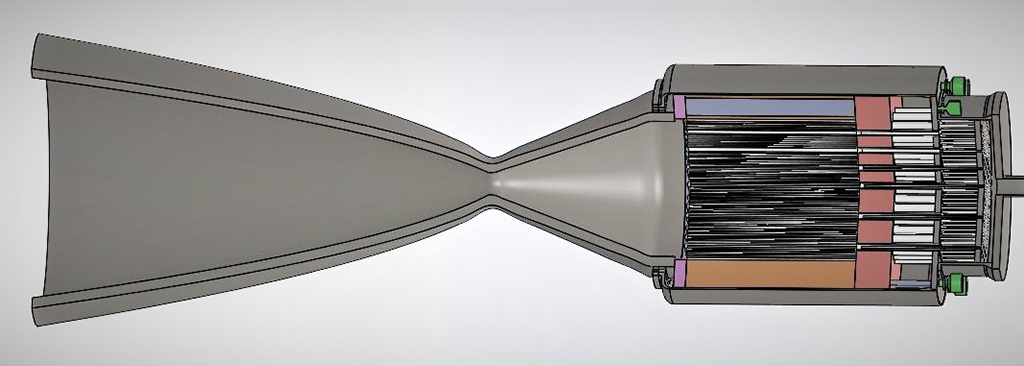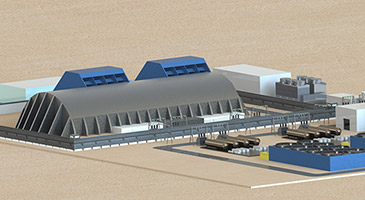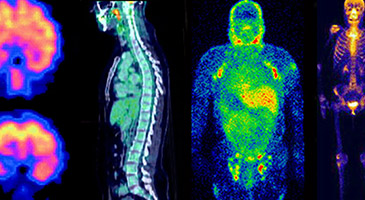Nuclear Fission

General Atomics was one of the pioneering firms in commercial nuclear energy. Now, General Atomics Electromagnetic Systems (GA-EMS) continues to push the boundaries of what is possible in advanced nuclear reactors while helping to sustain our current reactor fleet and spinning off technologies that have the potential to enhance public safety and well-being.
GA-EMS' TRIGA® research reactors are the most successful reactor design in history — more than 60 have been built worldwide — and have a flawless record of inherently safe operation extending over 50-plus years. GA-EMS is building on its experience with TRIGA® in developing the next generation of advanced fission reactors. The long-term focus of the Nuclear Technologies & Materials (NTM) division is on the innovative Energy Multiplier Module (EM2), an advanced, gas-cooled design that addresses the four core challenges facing nuclear energy – safety, waste, cost, and non-proliferation. EM2 can be powered by spent nuclear fuel and operates up to 30 years without refueling.
To support the existing reactor fleet, GA-EMS is also leveraging EM2 research for DOE's Accident Tolerant Fuel (ATF) program, which is developing composite cladding materials that offer a significantly higher safety margin compared to current metal alloys.
In addition, GA-EMS has developed selective gaseous extraction technology that offers a safer, more efficient method of manufacturing molybdenum-99 for nuclear medicine applications to meet growing health care imaging requirements.

GA-EMS is expanding our space systems expertise by leveraging our 60+ years history of nuclear innovation to demonstrate safe, robust, and scalable space-nuclear energy systems and deliver them on orbit, on time.
Whether its designing safer, more efficient nuclear reactors for use on land or pushing the limits to where we can go in space with nuclear thermal propulsion, our goal is the same—Innovation Made Real.
To learn more about our Satellite and Space Systems, please visit here.
.jpg)

